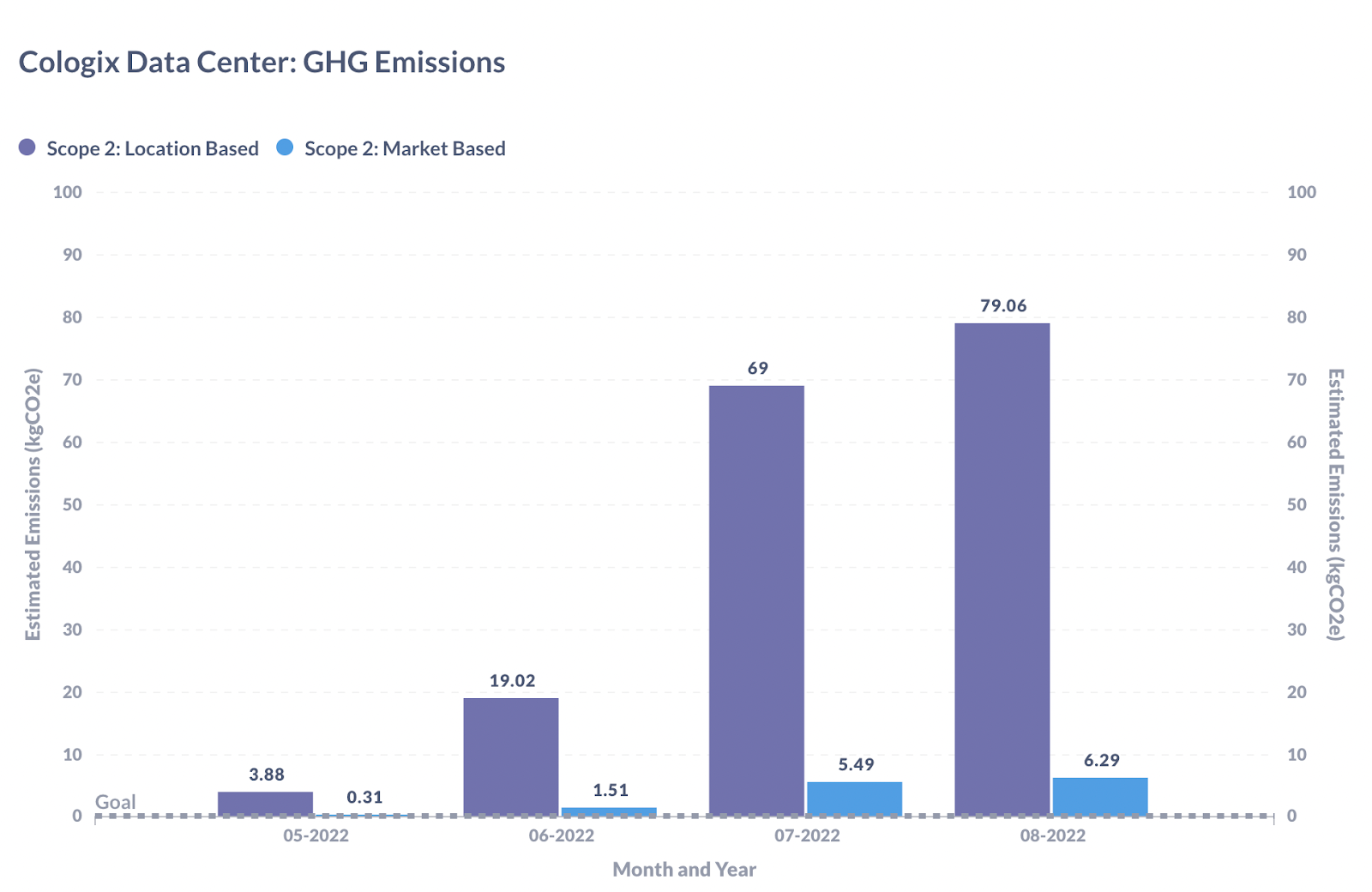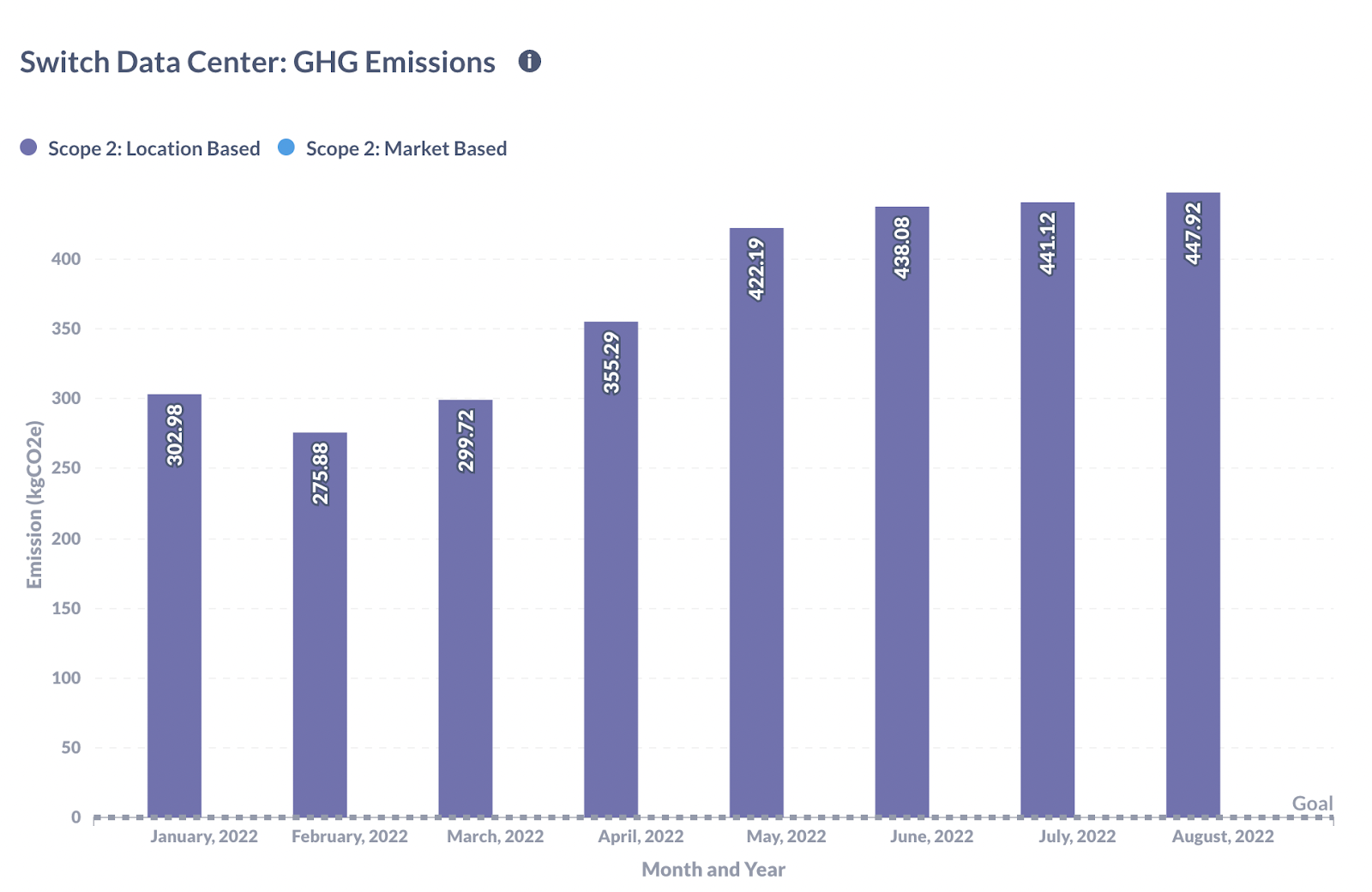Seal: Why Web3 Companies Need Dedicated Web3-enabled ESG + Impact Measurement Solutions
About Seal
Seal is a revolutionary data platform, makingWeb3 accessible for all. Seal connects clients to decentralized cloud storage, to makeWeb3 an accessible reality for enterprises, research institutes, NFT and Web3 firms alike. Seal stores data to verify scientific research, preserve NFTs, and combat misinformation.
Impact Measurement + Web3
From the start, Seal knew that sustainability would be an important facet of the business. As a Web3 company, Seal wanted to ensure that its leading-edge technology solutions do not come at the expense of the environment and society. With projects focused on combatting misinformation and preserving immutable historical records regarding human rights violations, war crimes, and genocide testimonials, as well as important scientific research data, Seal's technology has an inherent societal impact.
Beyond quantifying the social impact that is inherent in the data solutions it provides, Seal seeks to understand and improve its operational impacts, including its environmental footprint, employee engagement and satisfaction, and its ethical governance practices.
For Seal - as with any company beginning its ESG+lmpact measurement journey- the biggest immediate challenge was choosing the right guidelines and standards that Seal could reasonably set and maintain over time. Seal knew that its data centers would consume a lot of energy, so it chose to prioritize a commitment to renewable energy from the start. The next challenge was maintaining transparency with the public and Seal's clients.
Beginning in November 2021, Seal partnered with Proof to define a scalable strategy for ESG + Impact measurement, determine a low-maintenance approach to data collection and reporting, and transparently showcase third-party validated ESG + Impact data via a public-facing performance dashboard.
1. Defining an ESG + Impact Strategy
First, Seal completed the Proof Digital Impact Assessment to identify the most critical ESG+lmpact measurement and management focus areas for a Web3 company. The Seal team aligned on 3 prioritized outcomes:
1. Data Reliability & Security: Increased access to reliable data
2. Transparency: Enhanced trust in information quality
3. Sustainability: Accelerated adoption of clean storage technology
Materiality Assessment: With the high-level ESG+lmpact focus areas defined, Seal further narrowed its focus through an internal materiality assessment. Seal's materiality assessment took the form of an internal leadership team discussion to identify the team's most critical focus areas. Seal focused on double materiality, in order to select ESG+lmpact indicators that both contribute to Seal's financial viability and that impact Seal's external stakeholders including people and the planet.
Focus is the name of the game when it comes to developing an ESG+lmpact measurement strategy. Seal's leadership team recognized the importance of many potential ESG+lmpact categories - ranging from water consumption and waste management, to customer privacy and employee engagement. Following best practice guidance, Seal narrowed its focus to 4 impact categories with the highest anticipated business and stakeholder impact: Energy Management, GHG Emissions, Community Engagement, and Ethical Behavior.
Metric Selection: Next, Seal defined performance metrics to collect and transparently report to its stakeholders. With the most important categories defined, Proof recommended metrics from the IRIS+ and SASB metric sets where Seal could direct its immediate focus on measurement and improvement. From a list of 40+ recommended metrics, the Seal team aligned on the seven immediate metrics that are most important for both Seal's internal team and external stakeholders (i.e. investors, customers, and community members) with known data availability.
2. Data Collection + Integration
With the list of metrics defined, Seal worked with Proof to define a scalable data collection approach. It was essential for Seal to minimize time spent on reporting while ensuring data accuracy and reliability. As a result, Proof established data integrations with Seal's existing data sources in order to automatically stream updated data into the Proof dashboard on an ongoing basis. This way, the Seal team can reduce time spent on manual data reporting and instead dedicate its time to acting on data insights in service of Seal's mission.
Energy Consumption: Seal's greatest known ESG+lmpact risk and opportunity was its energy consumption. Seal's operations rely on two data centers with unique energy profiles: Switch (a data center located in Las Vegas, Nevada and running on 100% renewable energy) and Cologix (a data center located in Montreal, Canada and running on 97% renewable energy). Proof sourced Seal's energy consumption data from each data center and established a data pipeline that would allow new data to stream into the Proof platform. Since the data was integrated with the source, the data has an added layer of reliability.
Greenhouse Gas Emissions: Beyond understanding the energy consumption from Seal's data centers, Seal needed to quantify its GHG emissions. Given the renewable energy profiles and geographic coordinates of Seal's data centers, Proof applied location-based and market-based emissions factors to estimate Seal's greenhouse gas emissions.
3. Insights + Action
Seal used the insights gained from completing the Proof Digital Impact Assessment and working with Proof to define a scalable data collection approach to inform its decision-making and action plan. With a clear focus on the prioritized outcomes of Data Reliability & Security, Transparency, and Sustainability, the Seal team can now use the data collected and integrated by Proof to monitor progress, identify areas for improvement, and take action to achieve their mission of accelerating the adoption of clean storage technology in the Web3 industry. By dedicating less time to manual data reporting and more time to analyzing insights and taking action, Seal is better equipped to achieve its ESG+lmpact goals.
Transparency: As a Web3 company, transparency is Seal’s highest priority for ESG+Impact measurement.
“Transparency is important to Seal as it is a major benefit of blockchain technology. The transparency created by Proof is a valuable tool to prevent greenwashing.” - Kelly Clark, Director of Communications, Seal

Greenwashing is when organizations falsely report their sustainability initiatives or manipulate emissions data to appear more sustainable than they are. The immutability of blockchain can prove that organizations are not greenwashing and sets a standard of transparency.
''Web3 allows us to pull data from the source and make it publicly available so that we can prove that the data has not been edited or tampered with," says Seal's Director of Communications Kelly Clark. ''The Proof dashboard is the perfect tool to align with Seal and blockchain's promise of transparency and immutability."


Action+Improvement: Many organizations pursue ESG+lmpact measurement as a check-the-box exercise. Now that we have measured our impact, we can check the box and move on - right? some might say. An equally - if not more important - part of the process is active performance management.
This is where the real work starts for Seal.
Seal's market-based emissions - factoring in the renewable energy sources procured by the company's data centers- are minimal due to the reliance on renewable energy. On the other hand, Seal's location-based emissions are significantly higher and capture the total estimated carbon emissions based on average grid emission factors (not taking into account the renewable energy profile of Seal's data centers).
Seal's commitment to procuring renewable energy contributes to overall market demand for renewable energy and means that there are limited emissions associated with Seal's data center solutions. As Seal grows, it is essential for the company to minimize its overall energy consumption and resultant greenhouse gas emissions. Moving forward, Seal will focus on increasing the energy efficiency of storage and the energy efficiency of filecoin rewards, in order to reduce total energy consumption per unit. For the greenhouse gas emissions that cannot be reduced, Seal plans to purchase RECs to offset its emissions.
“As we take on more customers, we will inevitably store more data in our data centers. This increased storage will naturally increase our electricity consumption; however; we hope to use the Proof dashboard to track increases and explore areas where we can reduce our emissions and consumption. The Proof dashboard is a valuable tool to make sure that as we grow as a company and take on more important data, we are doing so sustainably and responsibly.” - Alex Altman, Chief Operating Officer, Seal

The Path Forward
Seal is motivated to stay on the cutting-edge of both Web3 technology and ESG+lmpact measurement. Opportunities for Seal to expand its impact measurement capabilities in the future include:
- New Metric Identification: Through an external materiality assessment, Seal can work with stakeholders to identify the most important impact areas to track, to ensure that it is reporting on the issues that matter most to its core stakeholder groups (investors, clients, and others)
- Active Performance Management: Seal will put in place the governance structures and incentive structures to actively manage its performance on key metrics, including identifying opportunities to further reduce energy consumption and carbon emissions
- Thought Leadership: Seal will use its innovative platform to share best practices for ESG + Impact measurement with other Web3 companies
Thinking to the future, Kelly Clark says, ''Seal's hope is to set and maintain standards for ourselves as well as set an example for other data storage providers and the larger Web3 industry."
To read the case study in it's PDF form you can download it here: